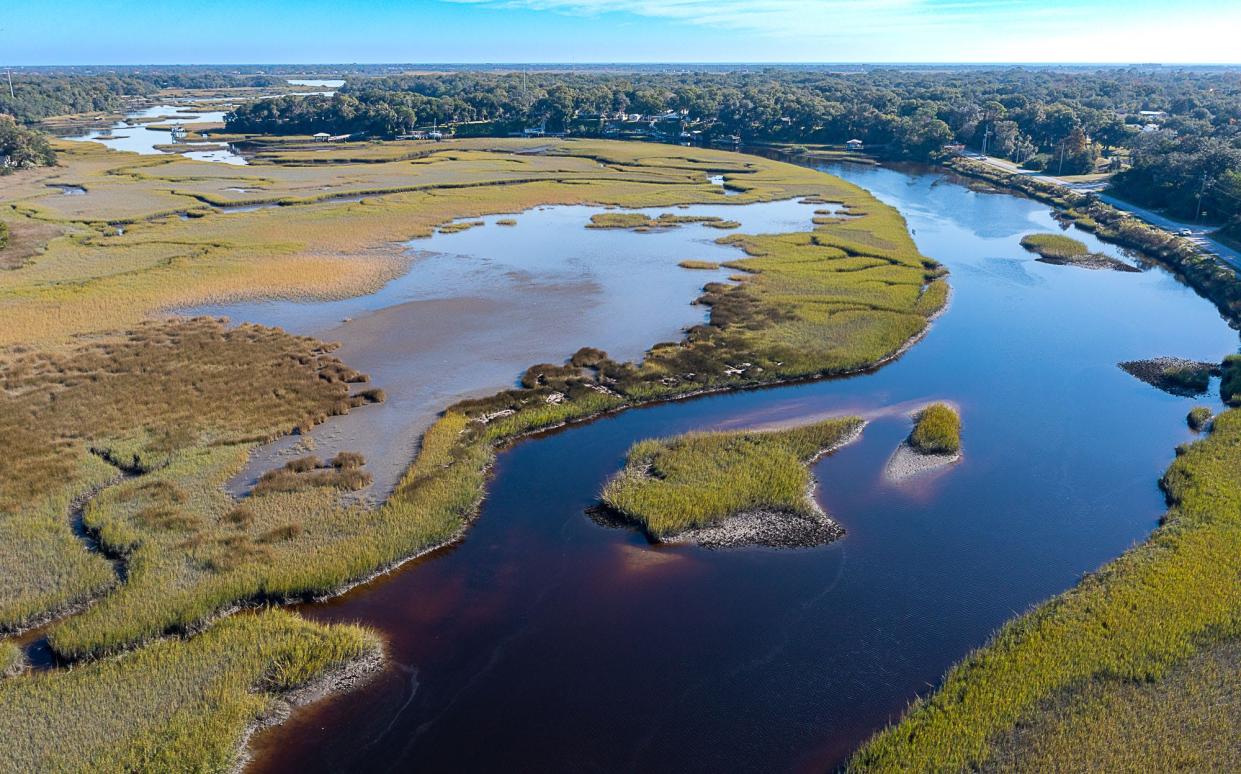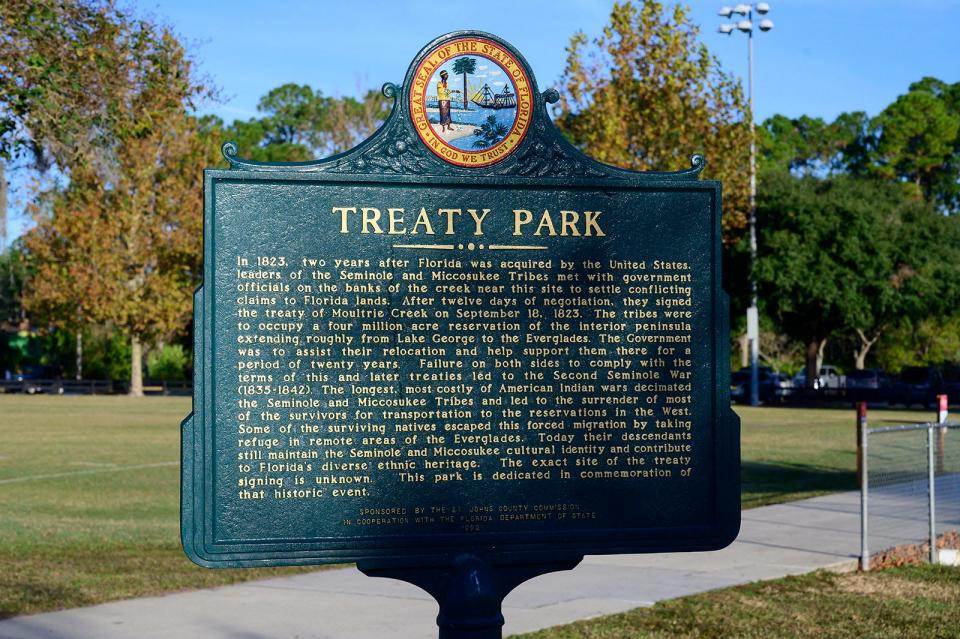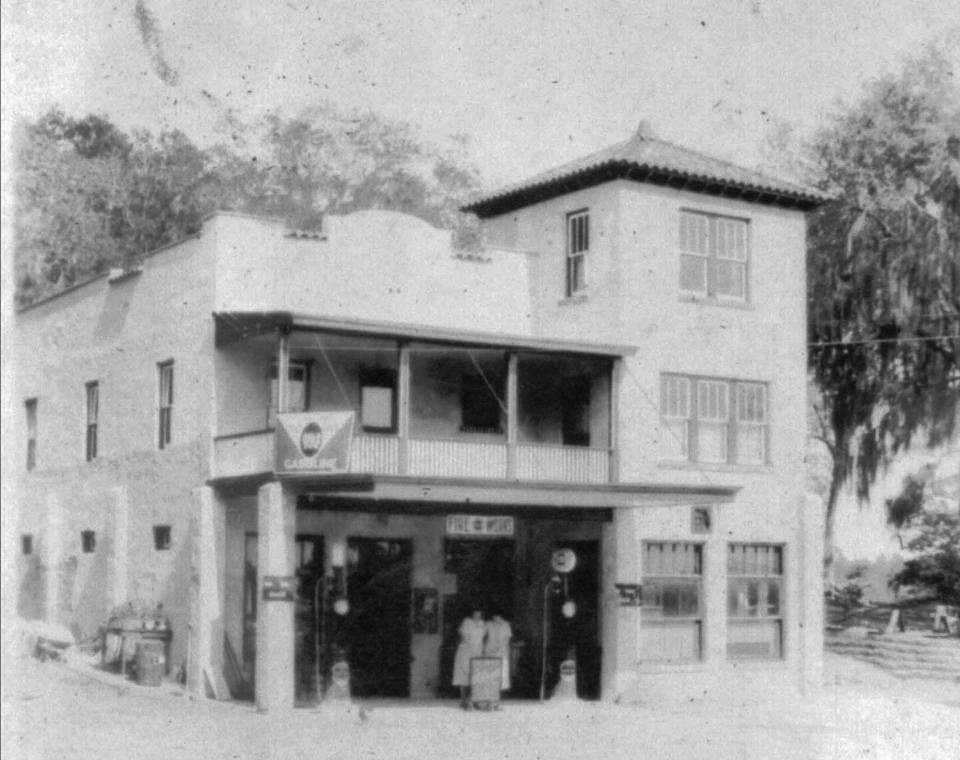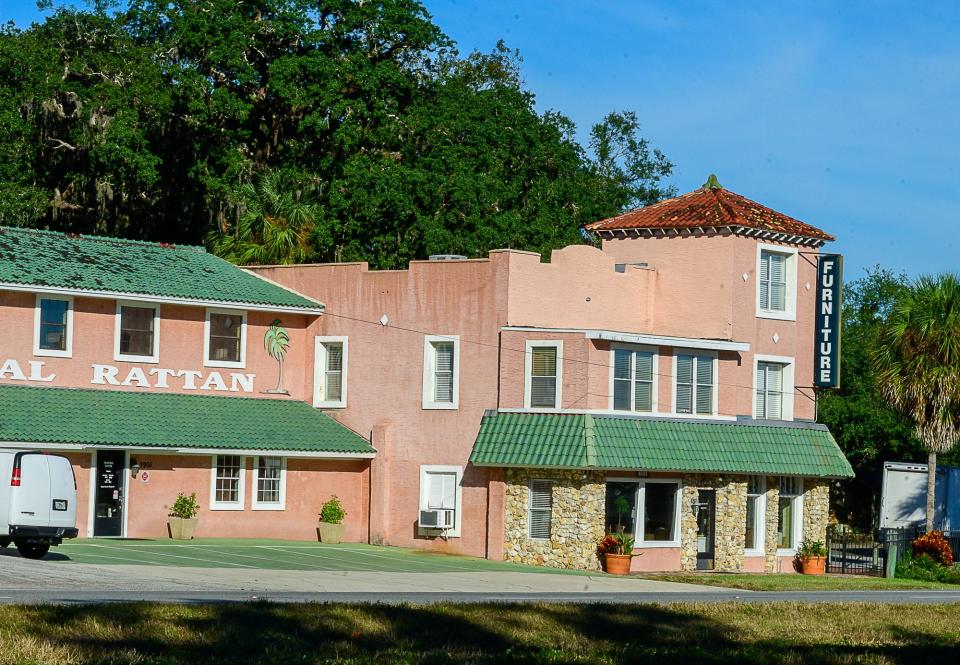Where History Lives: St. Augustine's rich past runs through Moultrie Creek

- Oops!Something went wrong.Please try again later.
Every day, thousands of people cross a nondescript bridge on U.S. 1 south of St. Augustine over Moultrie Creek. But not many know the rich history of the creek that runs west into the Intracoastal Waterway.
The creek, named after Gen. John Moultrie, the English governor of Florida in 1777, is the site of statewide historical events and was once a thriving community.
Treaty of Moultrie Creek
On Sept. 18, 1823, two years after Florida was transferred from Spain to the United States, territorial Gov. William Duval and government representative James Gadsden met with the Seminole tribe leaders on the banks of the creek to sign a peace treaty ending the First Seminole War.
The document, called the Treaty of Moultrie Creek, relocated the Seminole to a 4 million-acre reservation in central Florida in exchange for them giving up claims to all other lands in the state.
St. Johns County's Treaty Park, on Wildwood Drive, commemorates the signing and is near the event's location.

In 1830 President Andrew Jackson signed the Indian Removal Act to force all Native Americans, including the Seminoles, to move west of the Mississippi River.
The Seminoles resisted the move, so Jackson authorized the use of force, resulting in the Second Seminole War in 1835. Seminoles and U.S. soldiers clashed throughout the state, and lost around 4,600 men between the two.
Susan Parker: St. Augustine Historical Society marked key sites as first projects in 1890s
In October 1837, Gen. Thomas Jesup, who was in charge of the U.S. forces in the state, proposed a truce and invited a Seminole leader called Osceola to negotiate terms. Osceola and 81 other Seminoles traveled to the St. Augustine area for peace talks.
Meeting with a U.S. general under a white flag on Oct. 21, Osceola and his followers were captured south of an outpost called Fort Payton, near the banks of Moultrie Creek. The site of the capture is marked by a plaque in the Fort Payton community on Wildwood Drive.
After their capture, the Seminoles were taken to St. Augustine and imprisoned in the Castillo de San Marcos, then called Fort Marion, before being moved to South Carolina, where Osceola died.
'Moultrie is not just a body of water'
For local historian and author Beth Rogero Bowen, Moultrie Creek is a fascinating place. Bowen, Flagler College history graduate and former president of the St. Augustine Historical Society, has been researching the creek's history for a long time.
"Moultrie is not just a body of water," Bowen said, "it was a community, connected but separate from St. Augustine. Hundred years ago, it was not as easy to get to town as it is now, so these little communities had their own identity.
"Starting from after the Civil War, but it really came active from the 1910s through the 1920s. There was a big poultry farm here, turpentine camps, a winery called the Ponce de Leon Winery that made wine for Henry Flagler's hotels," she said. "There were two grammar schools here, a school for Black people and one for white people, and a post office."
Where history lives: St. Augustine Saints, the city's minor league baseball team, played its own World Series

The community also had its own Chamber of Commerce and telephone exchange.
When St. Augustine's Bridge of Lions opened in 1927, people from the community entered a float advertising "Moultrie for Better Poultry." The float won first place.
The area was also known for its moonshine.
"There was a lot of moonshine and some rough people that lived out here," Bowen said. "At the time, this was the county."
According to Bowen, the Moultrie area was a getaway destination for people from St Augustine. People would drive or boat out from town for a day trip. Her collection features postcards from the 1910s showing little palm-thatched cottages for picnics.
Florida's most haunted: These spooky places showcase the dark side of the Sunshine State

A popular location for picnickers today is Lewis Point in the St. Augustine South community on the north side of Moultrie Creek. The point is named for Albert Lewis, a wealthy businessman from Pennsylvania who lived in St. Augustine in the winter and owned a large amount of land in the area. Lewis Point road still connects Old Moultrie Road to the South.
One important building from the community in the 1900s is still very visible today. On the southwest corner of the bridge crossing the creek on U.S. 1 is the former office of Dr. Frank Genung, a local dentist. The building, now a furniture store, was once at the center of Moultrie life.
"His dentist office was upstairs, and downstairs was a small store, gas station and post office," Bowen said. "That's where you voted; it is where you got your news.
"What was life for someone living on Moultrie Creek in the 1920s? I think they had a lot of fun. They swam in the creek. They fished, they had dances, they all knew each other. The people in the community were very social in the 1910s, '20s and '30s," she said.
As roads improved and St. Augustine expanded outward, Moultrie gradually became less distinct, but it is still important for Bowen to remember the community.
"The people of Moultrie are part of what made the county what it is today," she said.
This article originally appeared on St. Augustine Record: St. Augustine's history: Moultrie Creek holds key to city's past

